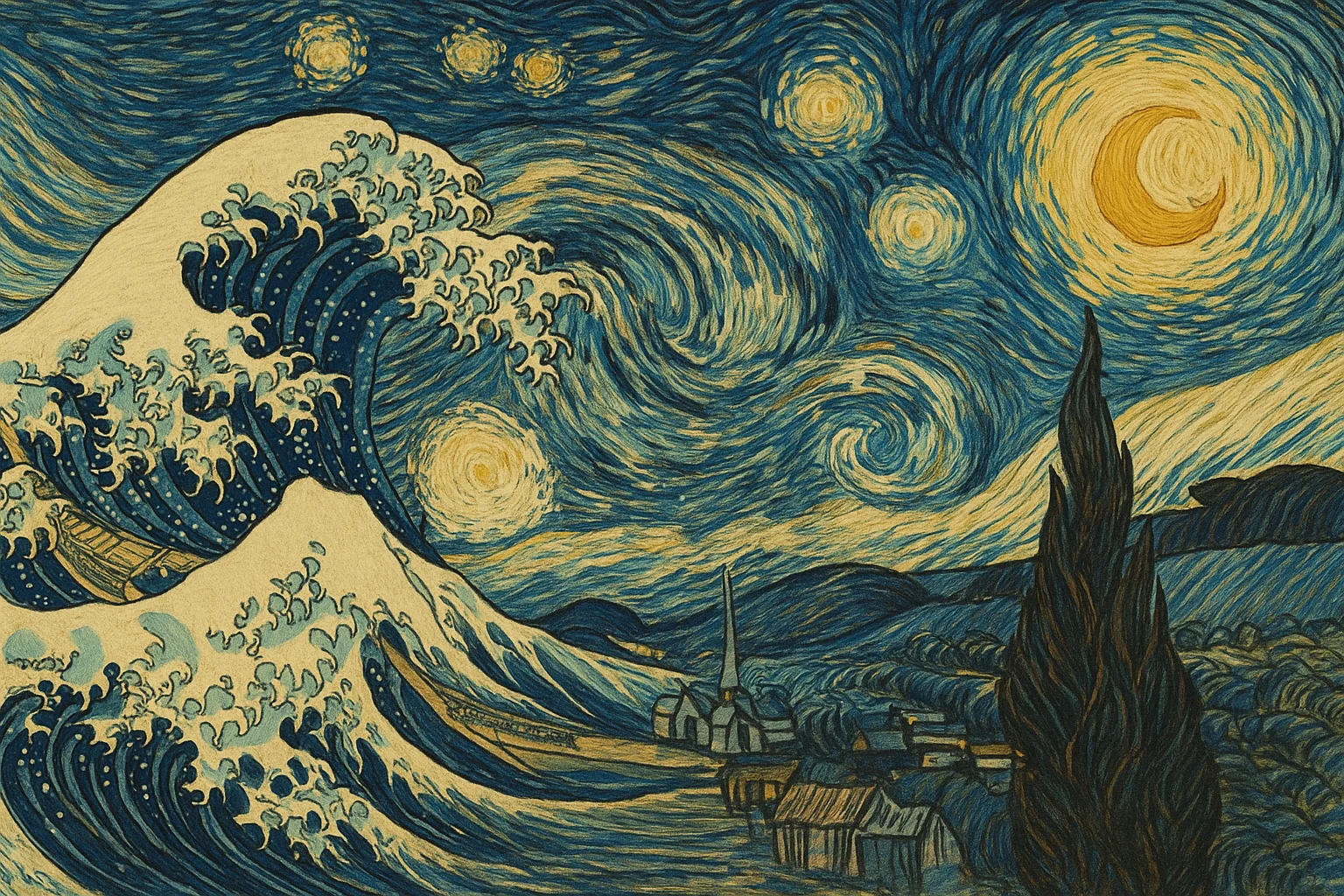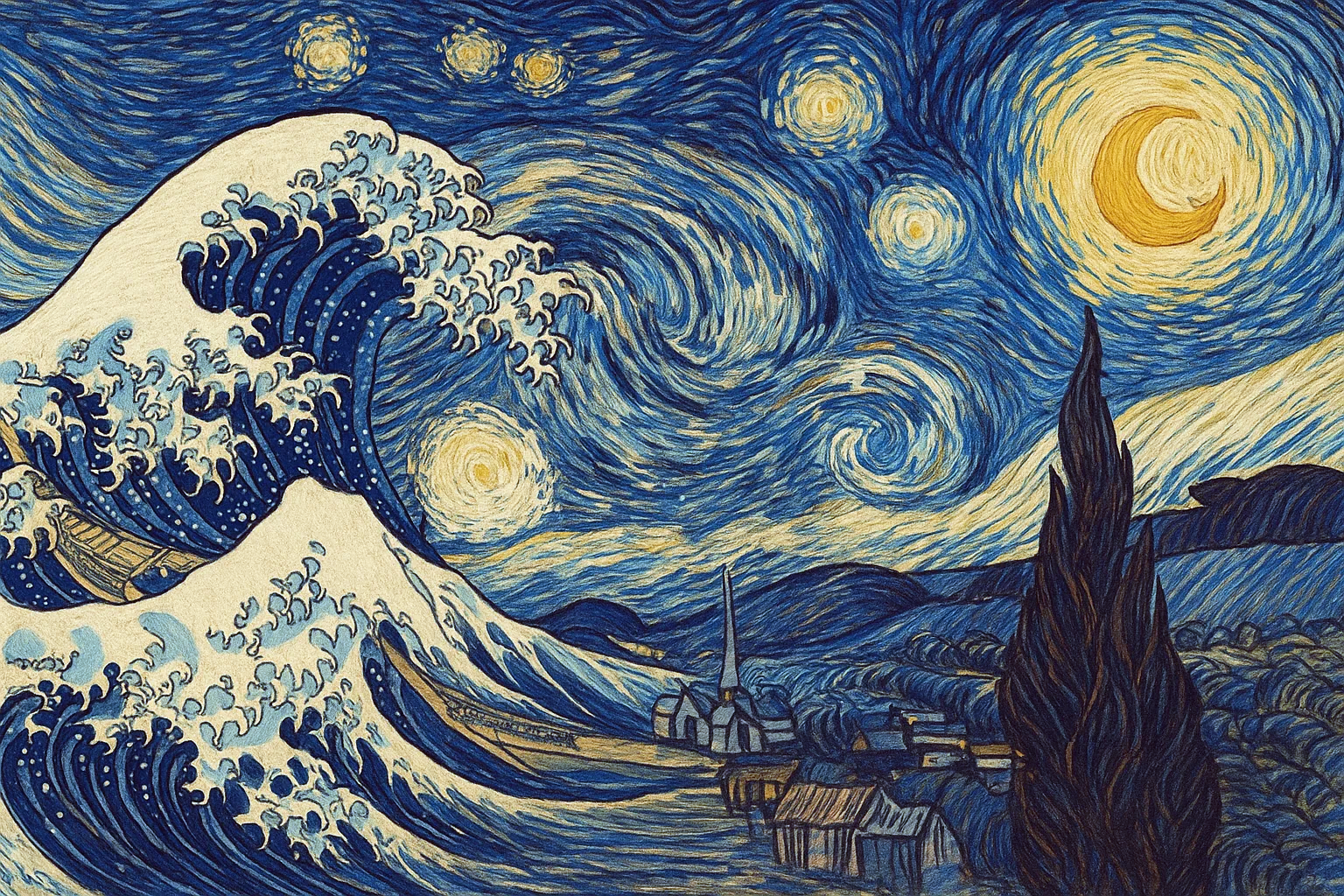Fixing the Yellow/Brown (Sepia) Tint in ChatGPT and Sora AI Images
Many users notice a yellow/brown sepia cast in images from ChatGPT-4o and Sora. This post explains why and how UnYellowGPT can fix it.

Many users have noticed that images generated by ChatGPT-4o and from OpenAI’s Sora often carry an unexpected yellow/brown “sepia” cast. Instead of natural colors, these AI outputs can look vintage or washed-out. For example, the AI-generated tiger image above displays vivid color balance without any warm color overlay. In contrast, ChatGPT/Sora creations frequently have a strong warm tone that dulls true colors. This tint degrades the realism and clarity of the images. In fact, experts note that AI models often default to a warm “orange and teal” palette, which can manifest as a sepia filter if not corrected. We’ll explain how this yellow tint arises, why it undermines image/video quality, and how a dedicated tool called UnYellowGPT can instantly fix it.
The Yellow Tint Issue in ChatGPT & Sora Outputs
ChatGPT-4o’s image generator and the Sora video model regularly produce outputs with an overall yellow or brown cast. Users report that even neutral scenes appear overly warm or antique-looking. In one discussion, it was observed that each time ChatGPT’s image editor is used, it “applies a noticeable sepia filter,” making the image progressively more sepia-toned. Although OpenAI hasn’t officially explained this effect, it likely stems from the model’s training and internal color processing. The result is a distinctive warm hue across the entire frame, giving AI images a faded or beige appearance rather than true-to-life color. This issue has become so common that many can immediately recognize an image as AI-generated by its yellow bias.
Impact on Image and Video Quality
An unwanted yellow color cast can significantly harm visual quality. It distorts true colors, so that whites look yellowish and other tones shift toward brown. It also flattens contrast, making images appear washed out or “aged.” Such color casts break the intended mood of a scene and can confuse viewers. In professional photography, correct white balance is crucial to avoid these problems. By analogy, AI images with a sepia tint fail that standard: they no longer reflect the actual colors of the scene. For instance:
- Color accuracy: Greens may look brown, blues turn teal, and skin tones become unnaturally orange.
- Atmosphere: A warm sepia tone imposes an unintended nostalgic or vintage feel, which may clash with the user’s intent.
- Editing burden: To use these images, creators often must spend extra time correcting the tint manually, which is frustrating and time-consuming.
In short, the yellow filter reduces realism and forces extra editing work. Users expect crisp, true-to-life colors; a pervasive sepia hue undermines that expectation.
Possible Causes of the Sepia Filter
The root cause isn’t publicly documented, but community analysis offers clues. One theory is that the image model’s default color processing inherently leans warm. AI generators (including Midjourney, DALL-E, etc.) are known to prefer “orange and teal” tones by default. If ChatGPT or Sora carry a similar bias, any neutral scene may be tinted yellow unless explicitly countered. Another observation comes from the way ChatGPT edits images. Investigators found that ChatGPT’s editing pipeline may apply a mild sepia effect at each step. In a multi-stage editing process, each pass slightly warms the image, compounding the problem. While OpenAI hasn’t confirmed these details, it seems the yellowish cast is an unintended artifact of the AI’s image-generation pipeline and color training.
Interim Workarounds
Until a permanent model fix arrives, users have tried various workarounds. Some tell the AI explicitly to use cooler tones (e.g. prompting “no sepia filter” or “cool color temperature”), which can partially help. Others download the images and use photo-editing software (like Photoshop or Lightroom) to adjust the white balance and remove the yellow cast. These methods can improve the result, but they add extra steps and expertise. Manual color correction takes time and still may not perfectly restore natural colors. A faster, automated solution is to use a tool designed specifically for this problem.
Introducing UnYellowGPT: One-Click Color Correction
UnYellowGPT is a standalone web tool built to remove yellow/brown tint from AI-generated images. It supports outputs from ChatGPT-4o, Sora, and similar models. In simple terms, UnYellowGPT restores accurate white balance and natural colors with a single click. According to its developers, it “removes yellow tint and sepia filter from AI images” instantly. In practice, using UnYellowGPT is easy and fast:
- Log In: Sign in with Google to get started (new users receive 5 free credits automatically).
- Upload: Drag and drop your tinted AI image (JPEG/PNG) into the interface.
- One-Click Fix: Click the fix button. UnYellowGPT processes the image in seconds and outputs a color-corrected version.
This straightforward workflow is backed by a sophisticated AI that analyzes the image’s color channels and computes the proper color balance. The tool handles the technical details so you don’t have to.

For example, the “Before” image above (an AI mashup of Starry Night and The Great Wave) is heavily yellow-tinted by default. After running through UnYellowGPT, the sepia tone is removed and the blues and whites return to a natural look (see next image).

The “After” image above shows the UnYellowGPT result. Notice how the sky and waves regain realistic blues and whites. The yellow overlay is gone. This illustrates how UnYellowGPT faithfully restores vibrant, true-to-life colors with minimal effort.
Key Benefits of UnYellowGPT
UnYellowGPT offers several advantages for AI creators:
- Instant Correction: Each image is processed in just a few seconds. You get color-balanced results almost immediately, much faster than manual editing.
- High Accuracy: The tool is very effective – over 1,000 images have been corrected with a reported 98% success rate at restoring natural colors. In practice, the yellow tint is virtually eliminated (the site notes “0% yellow tint” after processing).
- Proven for AI Images: It’s explicitly designed for outputs from ChatGPT and Sora. Professional users say it “fixes this perfectly, saving me hours” of work. For AI artists and designers who struggled with the warm bias, UnYellowGPT automates what used to be a tedious Photoshop task.
- Free Trial: New users get 5 free credits with no credit card required. You can test it on several images (or video frames) at no cost, then pay per use if you like the results.
In short, UnYellowGPT makes it easy to get rid of the sepia filter. It’s trusted by AI content creators and integrates seamlessly into their workflow.
Conclusion
The yellow/brown (sepia) tint in ChatGPT and Sora outputs is a known color-balance issue that can mar the visual quality of AI-generated media. It likely arises from built-in color biases in the models or from iterative editing steps that add warmth. Whatever the cause, the effect is clear: images lose their natural look. Fortunately, UnYellowGPT provides a quick fix. This specialized tool automatically removes the unwanted color cast and restores true colors. By using UnYellowGPT, creators can eliminate the sepia effect with one click, saving time and achieving professional-looking results. Try UnYellowGPT today to give your ChatGPT/Sora images crisp, accurate color – the first 5 credits are free.